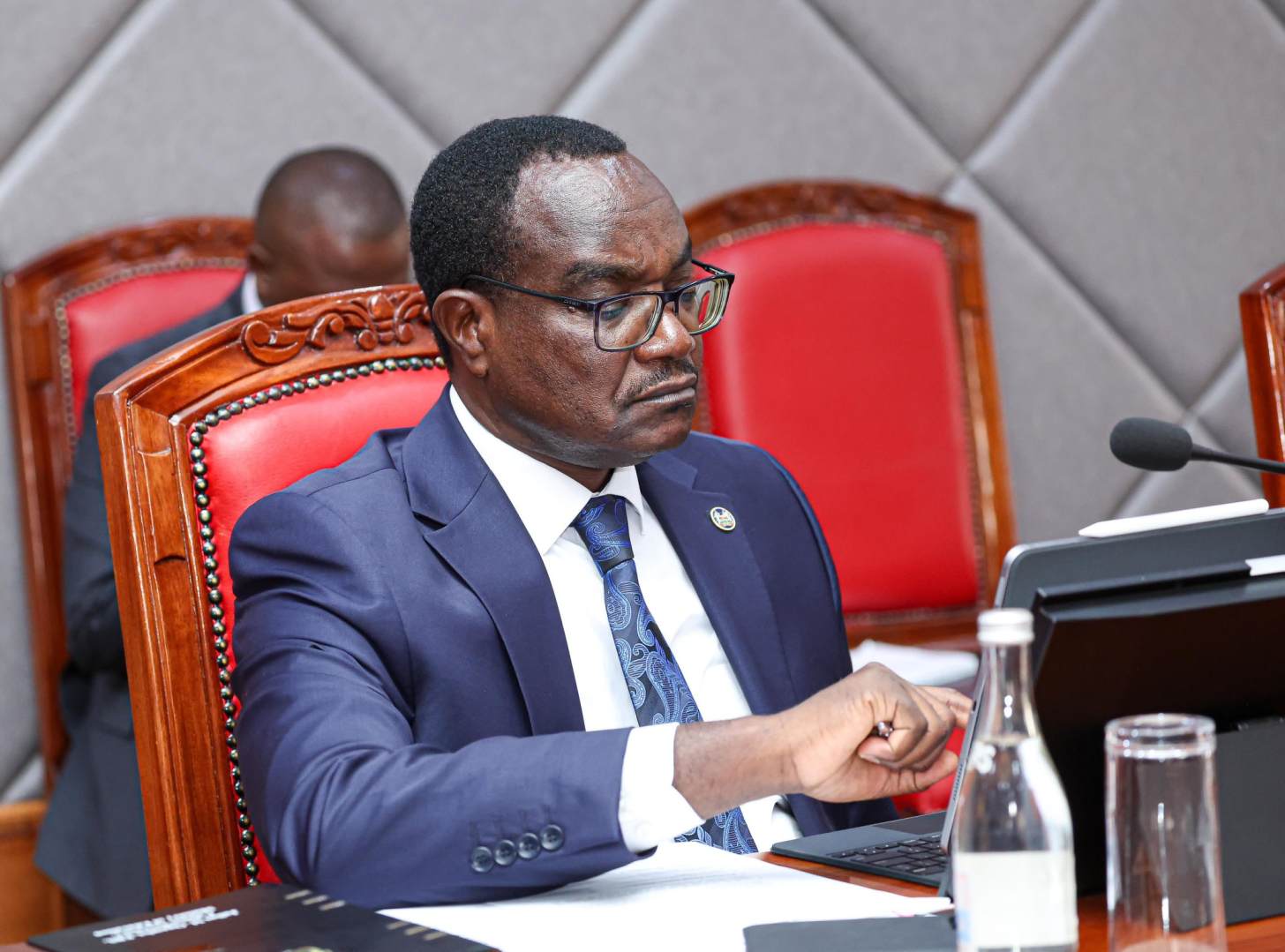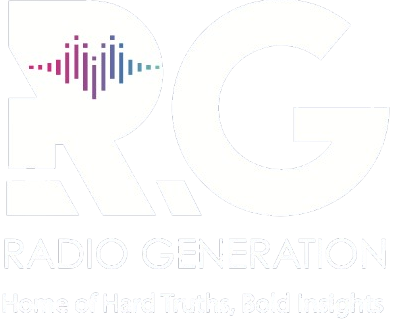Major challenges hindering education reform, report finds

Only four out of ten Grade 4 learners nationwide could read and understand a Grade 3 English story, while in North Eastern Kenya, just two in ten demonstrated this ability.
Kenya’s education sector is grappling with deep-rooted challenges ranging from a serious staffing crisis to inadequate infrastructure and poor digital readiness, a new report has revealed.
The State of Education in Kenya report, released by Zizi Afrique Foundation in partnership with Usawa Agenda, outlines widespread shortages in teachers, science facilities, ICT access, and basic infrastructure such as toilets and sanitation systems in schools.
It also raises concerns about insufficient funding for public institutions and the unequal quality of learning outcomes across different regions.
According to the report, there is a shortage of nearly 100,000 teachers across primary, junior secondary, secondary schools, and teacher training colleges. Inadequate capitation for public schools was also highlighted as a key obstacle in improving education standards.
A severe infrastructure gap has also been flagged, especially in school sanitation facilities. The average number of students sharing a single toilet is more than double the recommended ratio.
Nationally, the average stands at 66 boys and 62 girls per toilet, compared to the Ministry of Education’s recommended ratios of 30 boys and 25 girls per toilet.
“In terms of infrastructure, we have basic Water, Sanitation, and Hygiene (WASH) needs, and emerging needs arising from the new learning areas under the CBE curriculum that necessitate laboratories, technology access and digital literacy for both our learners and teachers,” said Dr. John Mugo, CEO of Zizi Afrique Foundation during the report launch.
In the Technical and Vocational Education and Training (TVET) sub-sector, the report noted an increase in government investment, with the budget rising to Sh14.2 billion in the 2023/24 financial year.
This investment has led to a 35.7% growth in the number of TVET institutions between 2018/19 and 2022/23.
However, these institutions continue to face a shortfall of 9,121 trainers, lack of equipment, inadequate infrastructure, limited ICT integration, and inconsistent access to scholarships and capitation.
Early Childhood Development Education (ECDE), which is managed by county governments, has seen an increase in enrolment—rising 5% between 2018 and 2021.
The number of ECDE centres grew from 46,623 in 2022/23 to 47,666 in 2023/24. However, this growth comes alongside a sharp decline in the number of teachers, from 92,359 in 2019 to 69,561 in 2022.
“While the increase in early childhood development education is positive, the devolvement of this function to the county governments means a lack of standardisation in the quality and access to early childhood education across the country. Our research shows that children out of ECDE going age that are out of school in Mandera is 51.4% and Marsabit 33.3%, which is the lowest access, while Kisumu is 1.3% and Nakuru is 1.8%, the highest access,” said Dr. Emmanuel Manyasa, Executive Director of Usawa Agenda.
The report also revealed worrying disparities in learning outcomes, particularly among learners in Arid and Semi-Arid Lands (ASALs) and rural areas.
Only four out of ten Grade 4 learners nationwide could read and understand a Grade 3 English story, while in North Eastern Kenya, just two in ten demonstrated this ability.
To prepare learners for the digital economy, the Competency-Based Education (CBE) curriculum includes digital literacy and coding.
However, only 21% of teachers in public junior schools had received training in STEM subjects by December 2024. Moreover, 35% of schools had no trained STEM teacher at all, and just 48% of students had access to laboratory facilities.
In response, the Teachers Service Commission recruited new STEM teachers in January 2025.
The report stresses the need for a collaborative framework that involves communities, private sector actors, development partners, civil society, and other stakeholders to support the funding and management of public education.
